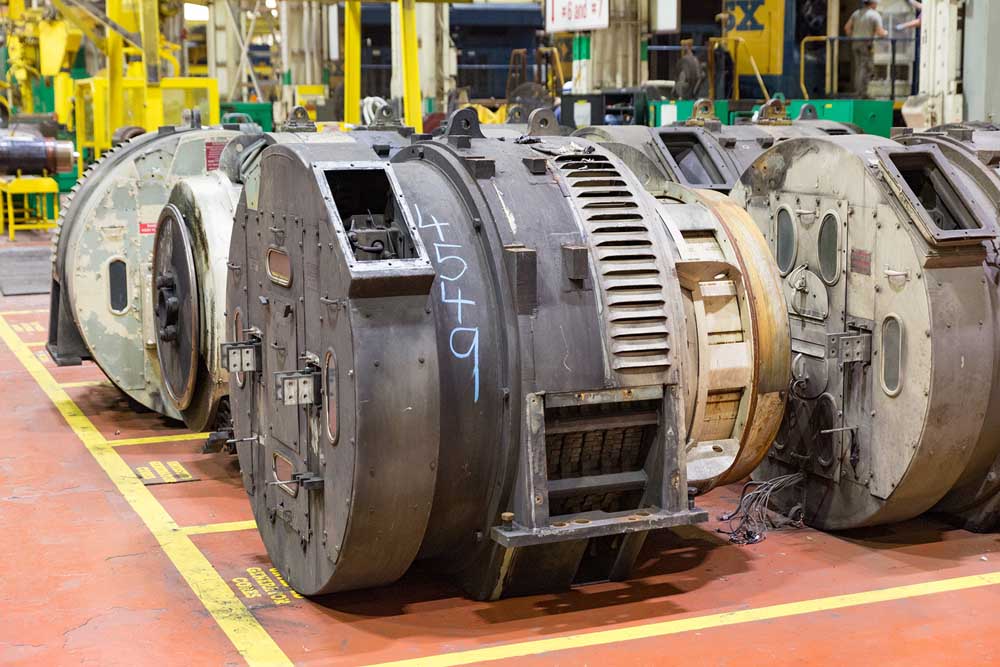
An EMD AR20 alternator from CSX SD70MAC 4549 at the railroad’s Huntington, W.Va., shop. Chris Guss Understanding brake horsepower: Diesel engines, like all engines, are built to perform a specific function. In a locomotive, that role is to provide power to move freight cars from one place to another. When buying locomotives, one thing management […]
Read More…
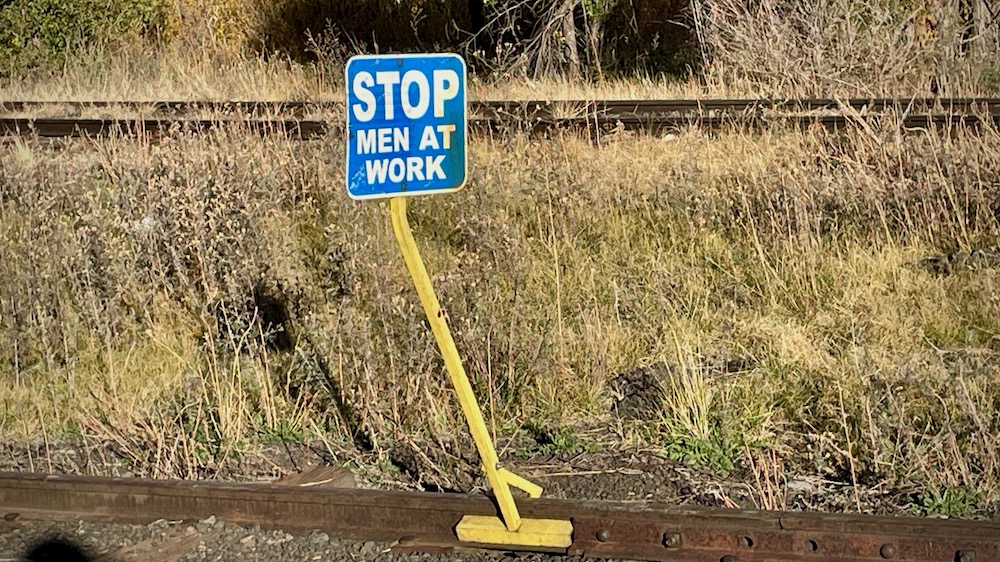
We’ve all seen blue flags. A sign with words “STOP MEN AT WORK” clamped to the head of a rail, or hanging from the side of a locomotive. It was placed there by a railroader working in the area, and the rules of its use are strict and unbending. A blue flag, is defined by […]
Read More…

Locomotive prime movers are the engines inside all diesel-electric locomotives and are the heart of the entire locomotive. Prime movers provide enough power to pull both the locomotive and any freight cars attached to it, while also producing enough extra output to support the power needs of the various systems on the locomotive such as […]
Read More…
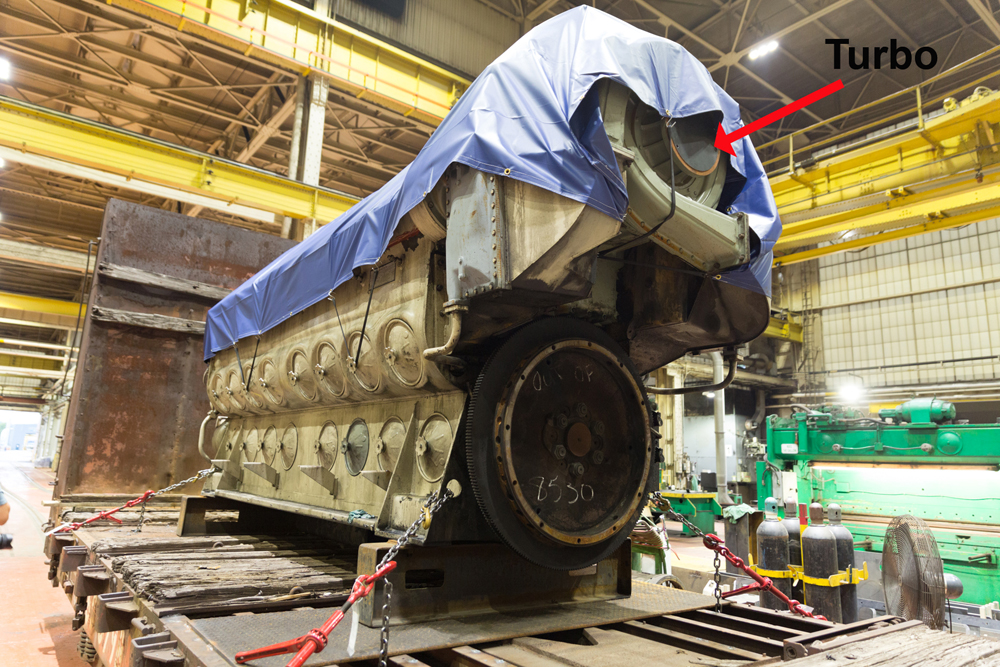
EMD turbochargers For decades, railroads have adapted locomotives to meet the service to which they are assigned. As newer and more powerful locomotives arrive on a roster, older units cascade down to lesser roles. Oftentimes these new assignments don’t require as much horsepower as mainline duties. In low-speed, local or yard service, weight and adhesion […]
Read More…
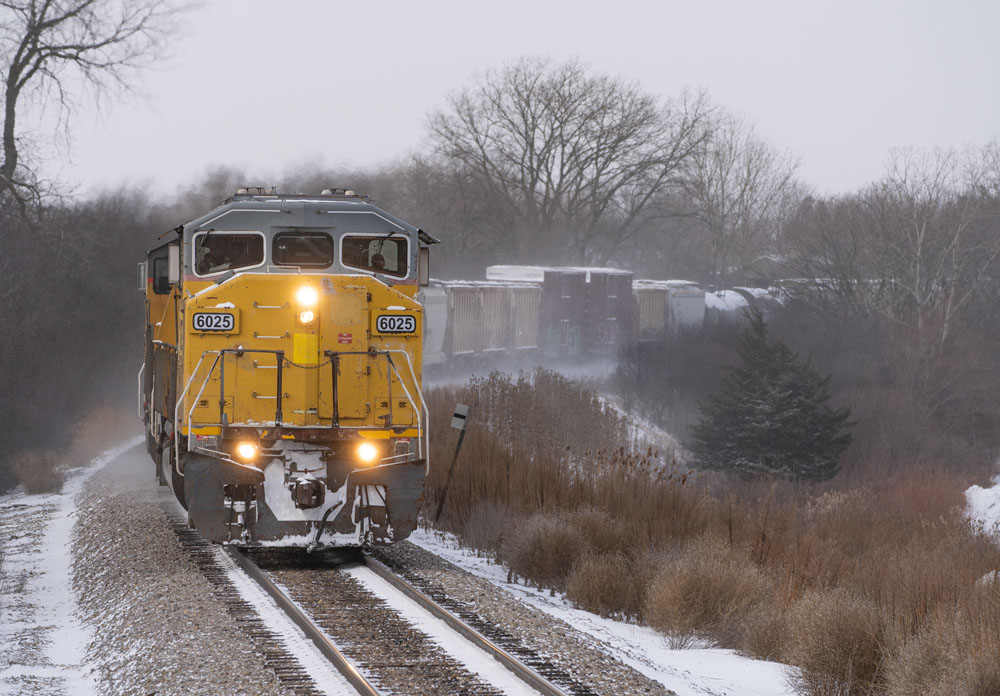
Positive Train Control With Positive Train Control (PTC) fully implemented on a large majority of the nation’s Class Is, passenger, and commuter lines, many short lines and regional railroads have had to comply with the new rules when they operate over another’s PTC-equipped lines. This includes smaller railroads that serve customers on another railroad’s tracks, […]
Read More…
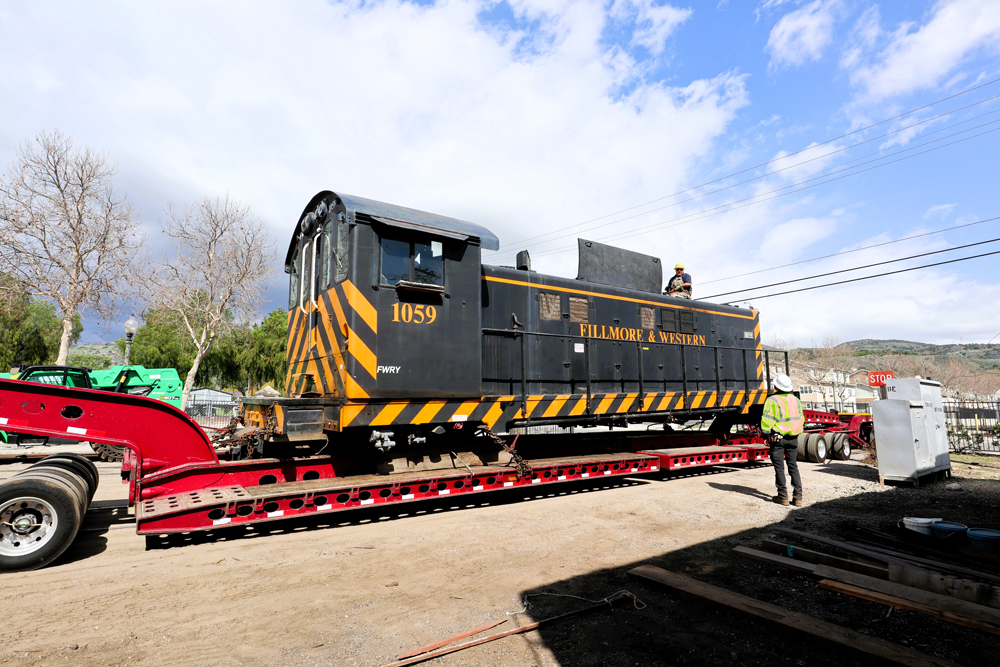
Locomotives and rolling stock: There are a variety of reasons that dictate railroad equipment is better off being transported by truck rather than train. Locomotives and rolling stock may not meet current railroad interchange standards, which includes being too old, and trucks or couplers that have been deemed unfit. They could be damaged beyond being […]
Read More…
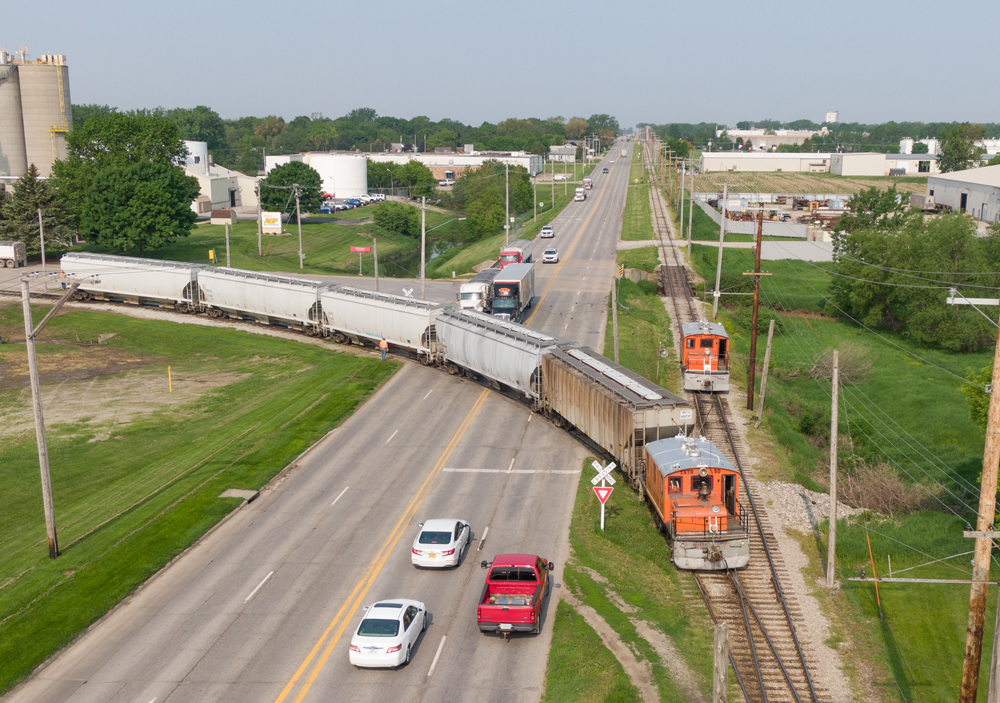
Electrified freight service Hauling freight in the United States is almost exclusively a diesel locomotive affair today. However, a century ago, pockets of territory existed where freight was pulled by electric locomotives. Electrification began in the late 1800s, and by the early 1900s was expanding, primarily in locations where the switch from steam locomotives to […]
Read More…
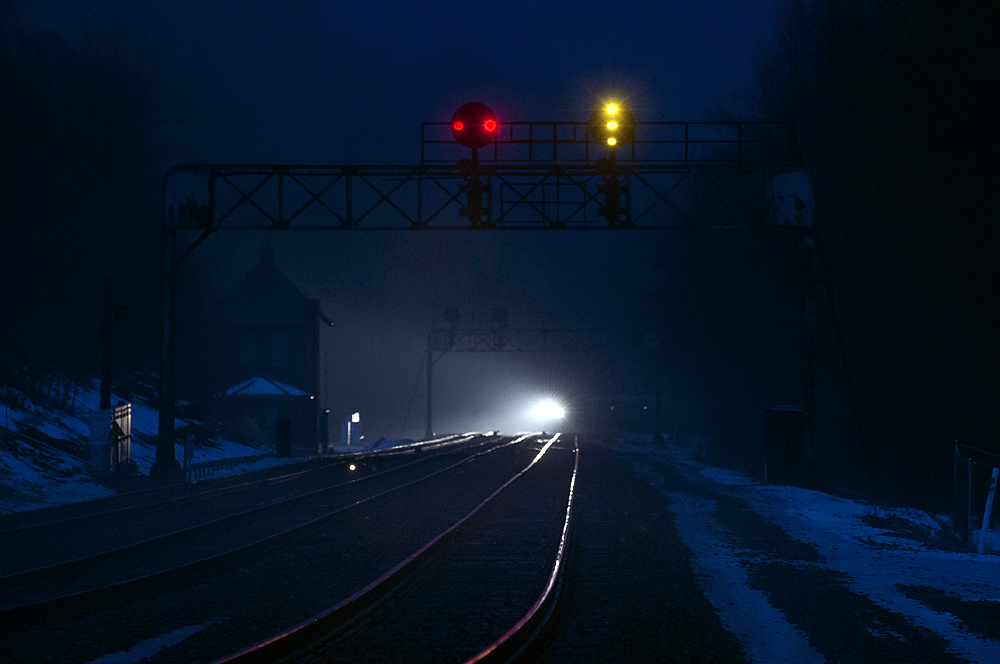
Railroading tools Railroads are fixed-guideway systems for transporting goods or people. Its basis is the low friction, and hence high efficiency, of a hard wheel rolling on a hard surface. They are made up of many elements: people doing different jobs, and hardware for them to use. The jobs range from laborer to strategic planner. […]
Read More…

What’s on a locomotive cab roof? A cluttered battle for available space. But that wasn’t always the case. Decades ago, the roof of a locomotive cab was pretty bare. A majority of them had little more than an air horn and a single radio antenna mounted on it. The antenna was connected to the voice […]
Read More…
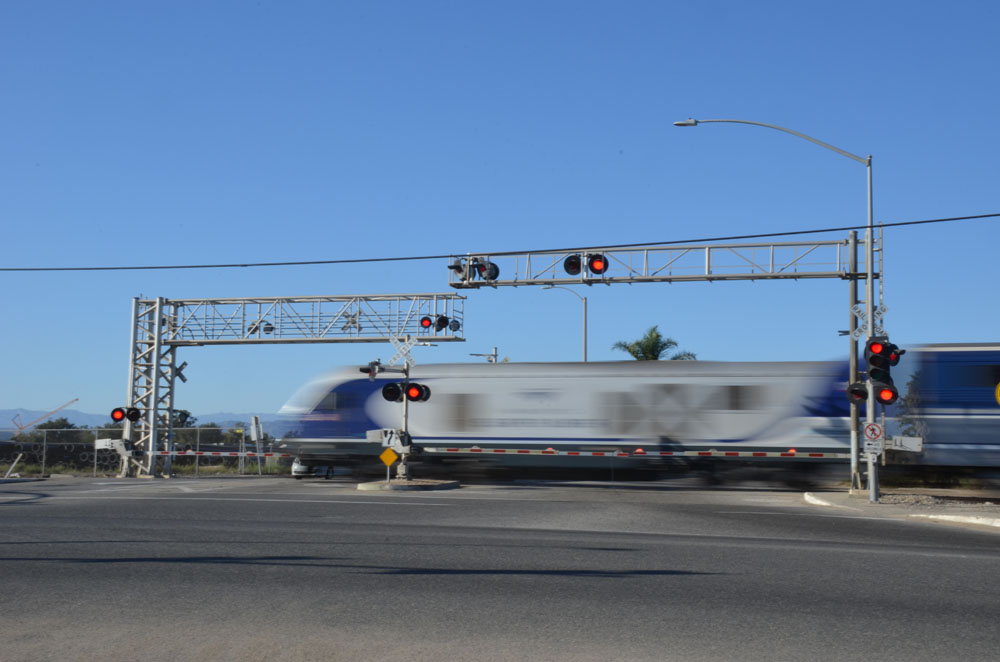
Locomotive air horn Throughout the United States, there are hundreds of thousands of railroad crossings that require sounding the horn. Federal law dictates that the engineer must blow the locomotive air horn with a sequence of blasts in the fashion of long, long, short, and long, no later than 15 seconds and as early as […]
Read More…
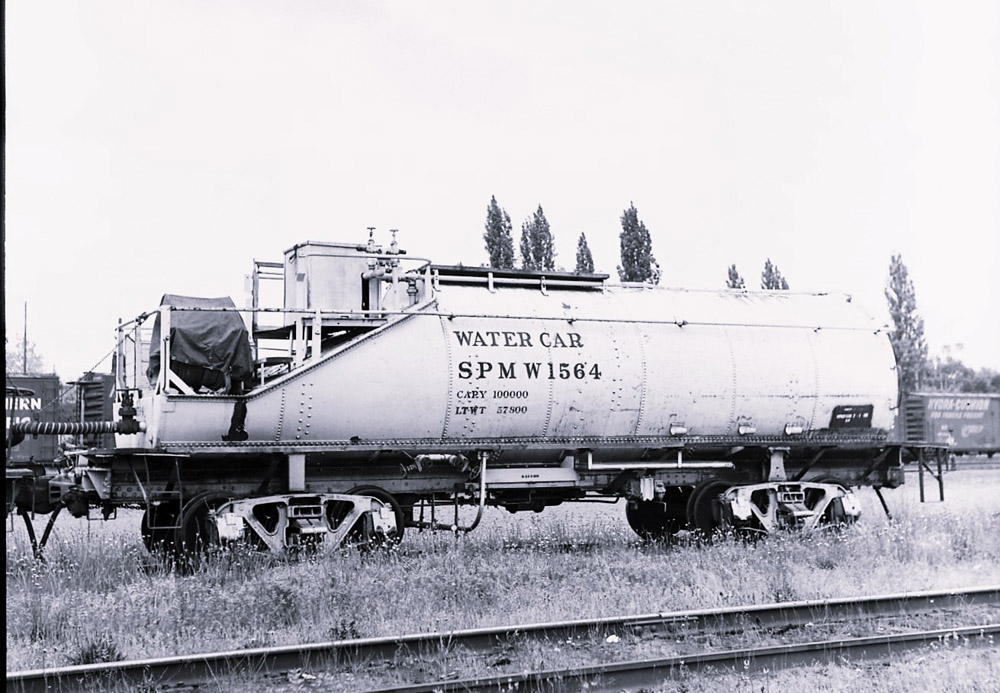
Steam locomotive tenders It’s easy to forget that most steam locomotive designs are usually in two major parts; the locomotive itself and its tender dutifully hauling fuel and water. Take away one, and the other is useless. It seems reasonable to assume that a steam engine and its tender served together from the time they […]
Read More…
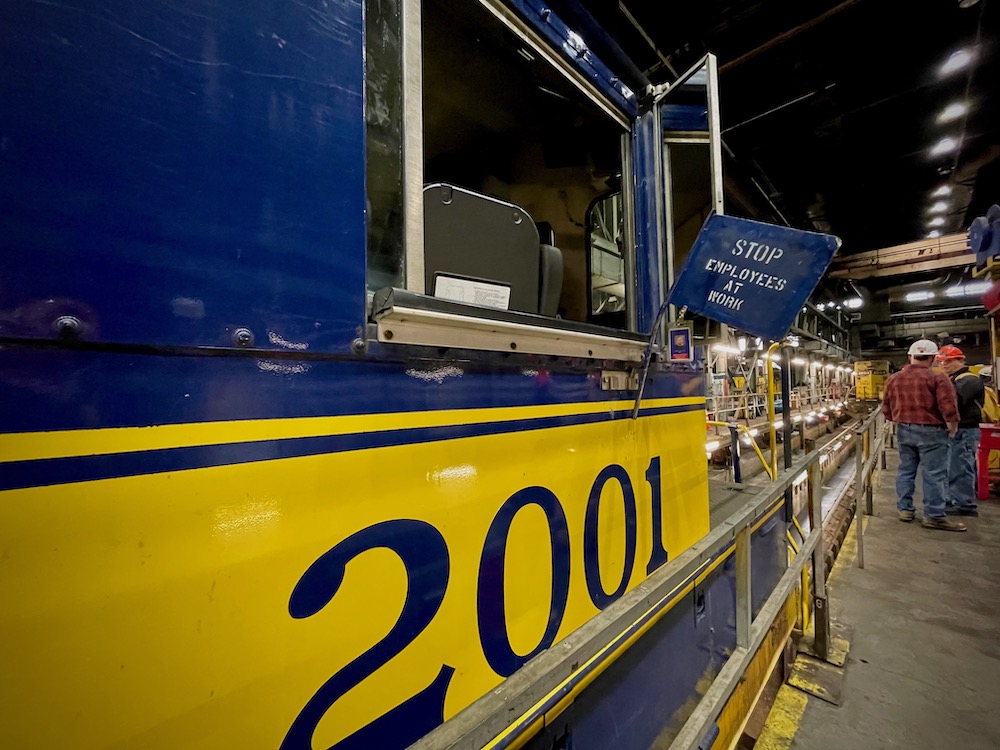
Blue flags protect workers. Here’s how they work. A major consideration in railroad operation is the maintenance that must be done on the rolling stock and track if freight and passengers are to be transported in a safe and timely manner. To maintain cars and locomotives, workers must get on, in between, and under them. […]
Read More…












